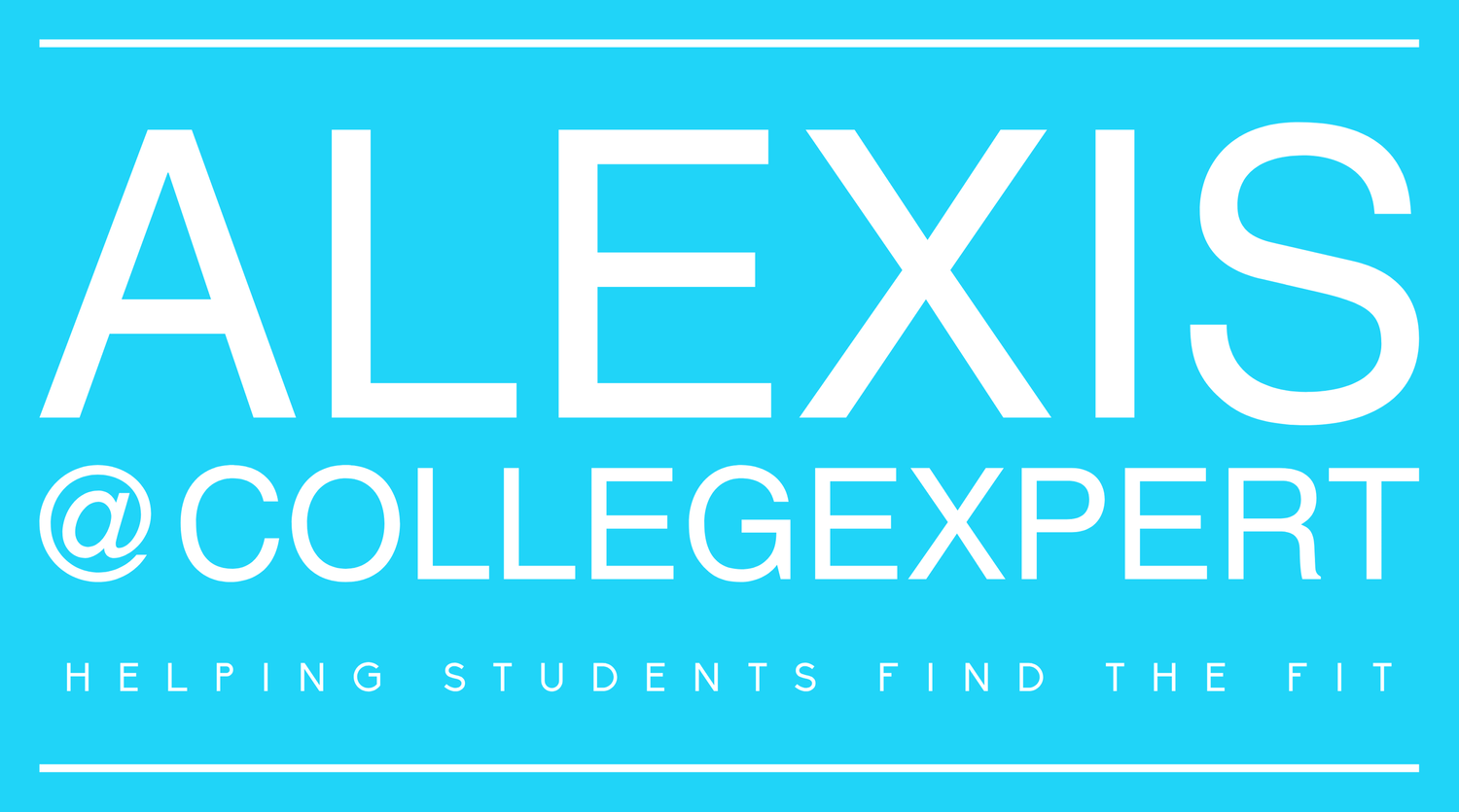Why More Colleges Are Skipping Applications—and What It Means for Your Admission Chances
While college application season continues to intensify nationwide, a surprising trend has emerged that's affecting how institutions manage their growing applicant pools. As applications have increased by approximately 4% in the current cycle, colleges are exploring application alternatives to better handle this surge. Some institutions are now bypassing traditional application processes altogether, implementing streamlined admissions strategies that allow them to manage yield rates more effectively while reducing the burden on both applicants and admissions offices.
This shift comes as public colleges experience a substantial 10% growth in applications, compared to just 2% for private institutions. The Common App reports a 5% increase in first-year applicants, with regions like the South and Southeast seeing applications surge by a remarkable 29%. These statistics reveal why colleges are reconsidering their approaches to student selection and enrollment management.
You're likely wondering how this affects your chances of admission. As schools receive more applications than ever, the competition for limited spots intensifies. This competition is especially evident at schools like UT Austin, which saw a 24.3% increase in applicants for Fall 2025. More applications typically lead to increased deferrals and rejections, particularly during early rounds. Schools are using deferrals strategically to better assess applicant numbers and protect their yield rates—the percentage of admitted students who actually enroll.
The technology that makes applying easier—like the Common App—has inadvertently contributed to this challenge. With students now able to apply to numerous schools with minimal additional effort, colleges must develop new ways to identify truly interested candidates from those casting wide nets.
Many institutions are implementing test blind policies to create more equitable assessment methods and reduce barriers for qualified applicants from diverse backgrounds. Attending college fairs can provide valuable face-to-face interactions with representatives who may remember your genuine interest when reviewing applications. Applying through early action programs can demonstrate serious interest in a college while increasing your chances of acceptance by approximately 60% compared to regular decision applicants. Students can use the Common Data Set to compare their academic credentials against those of previously admitted students, helping them develop realistic application strategies.
For selective institutions with acceptance rates below 25%, application growth has been more modest at just 2%. These schools are particularly cautious about over-admitting students, which could create housing and resource challenges. Their deferral strategies help manage capacity while maintaining selectivity. Some universities like Purdue address these challenges by directing applicants to alternate campuses where housing constraints aren't as severe.
Your application strategy should adapt to these changing trends. With waitlist acceptance rates hovering around 3.9%, it's essential to demonstrate genuine interest in your top-choice schools. Colleges increasingly rely on data-driven decisions to predict enrollment outcomes, analyzing application behavior patterns to prepare for future cycles.
As this trend continues to evolve, you'll need to stay informed about how specific schools handle their application processes. Some institutions may waive applications entirely for qualified students, while others might implement more rigorous initial screenings. Understanding these nuances gives you an advantage in college admissions.

